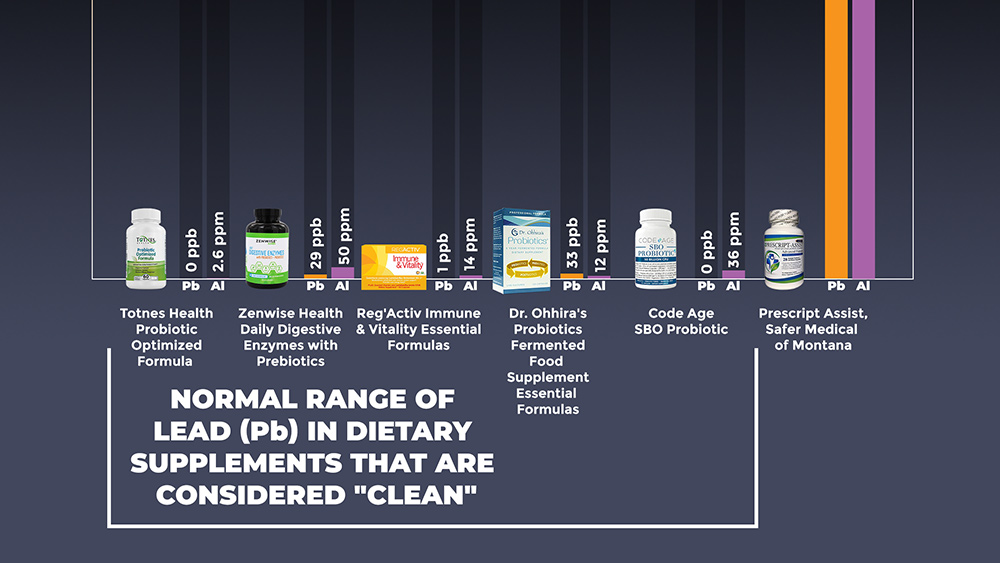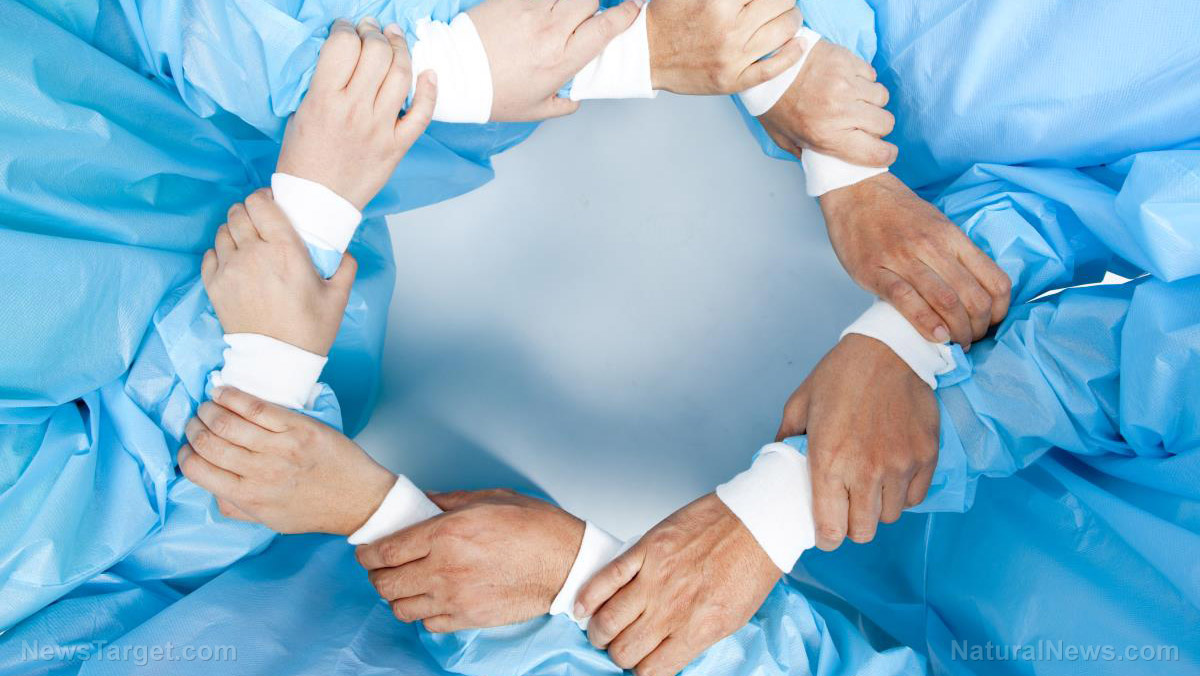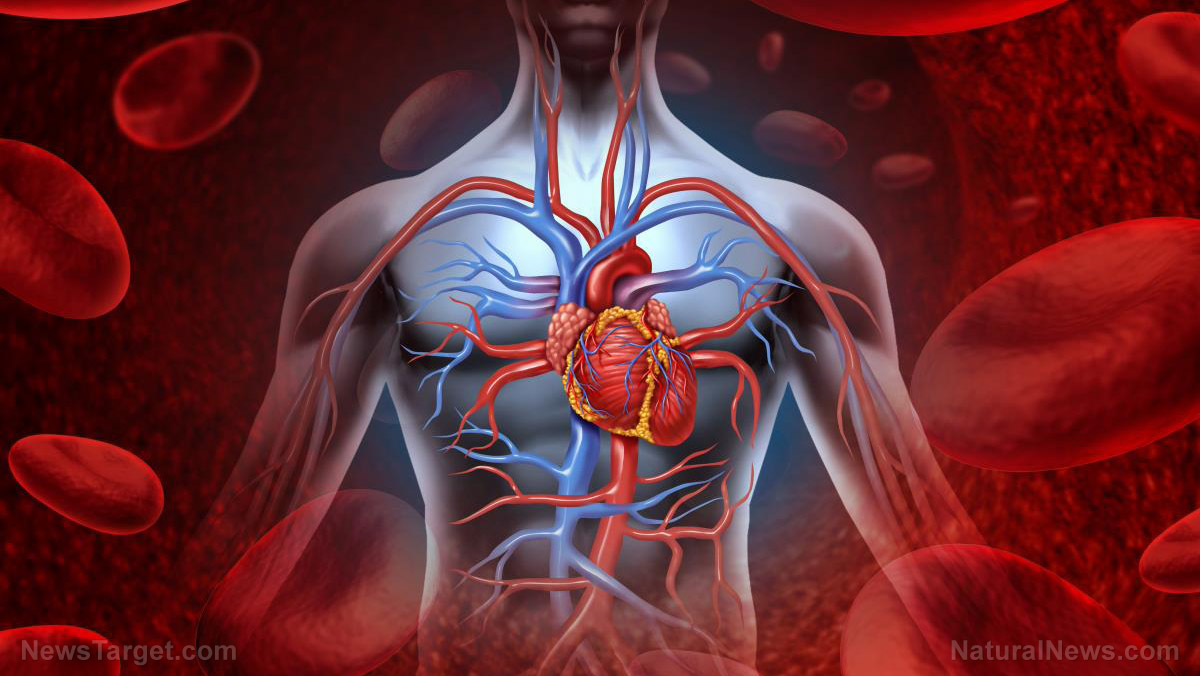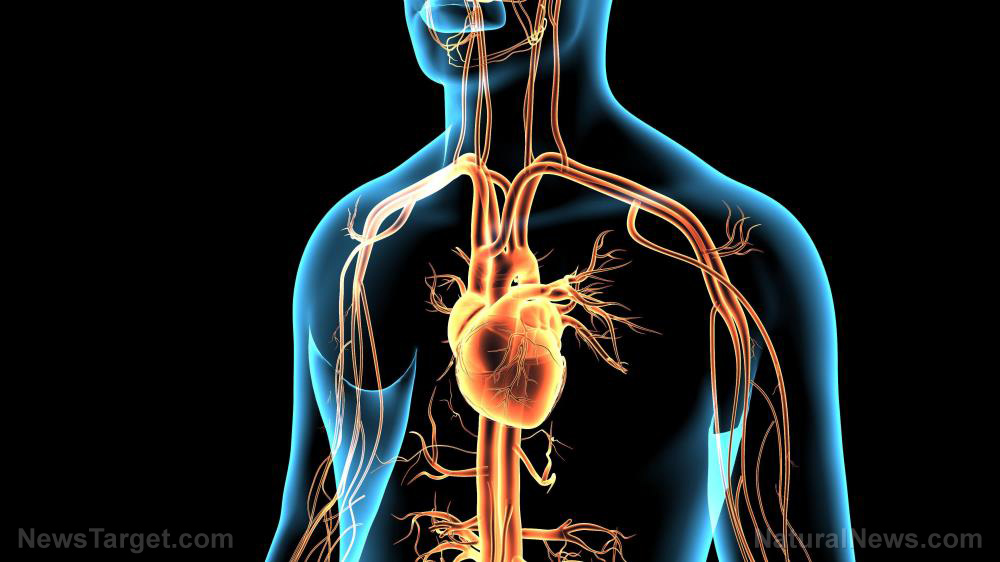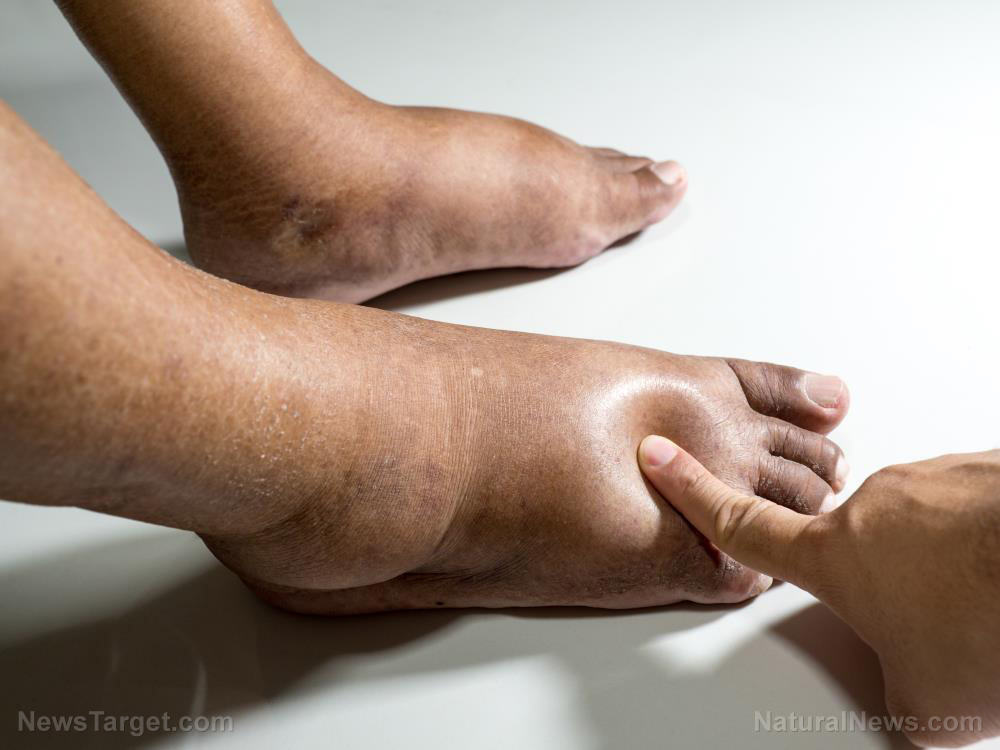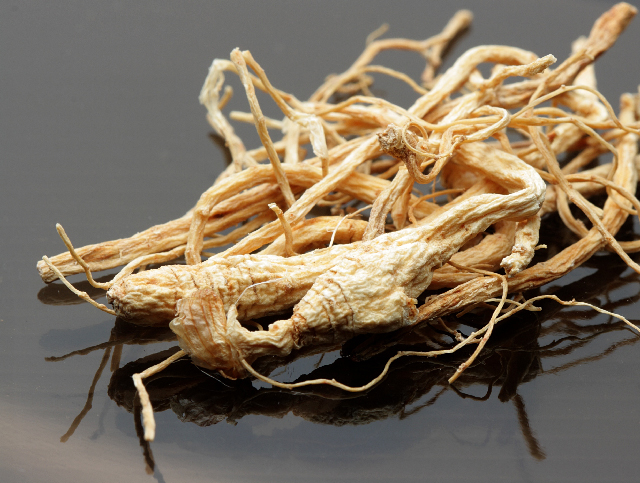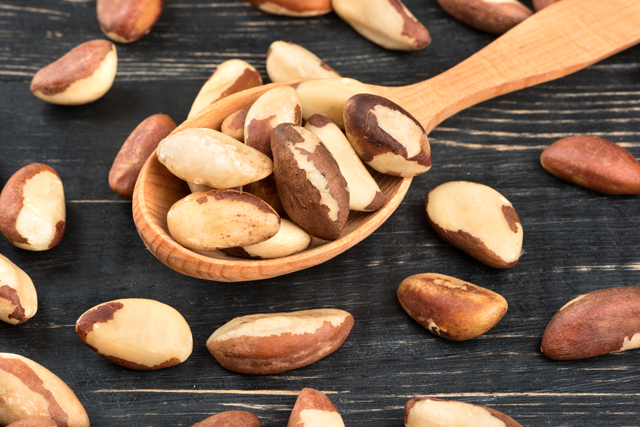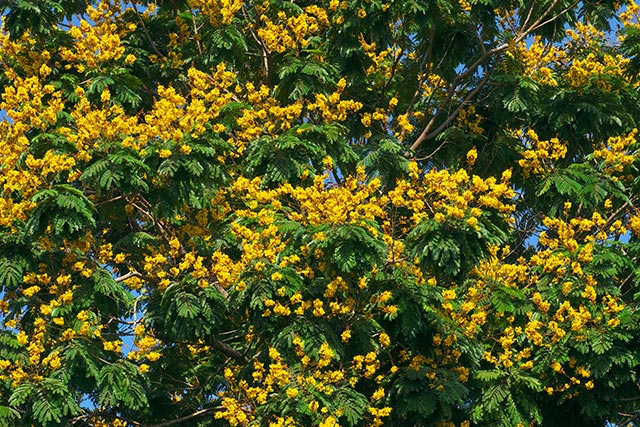It turns out, viruses “mingle” with each other to escape the immune system
08/06/2019 / By Edsel Cook
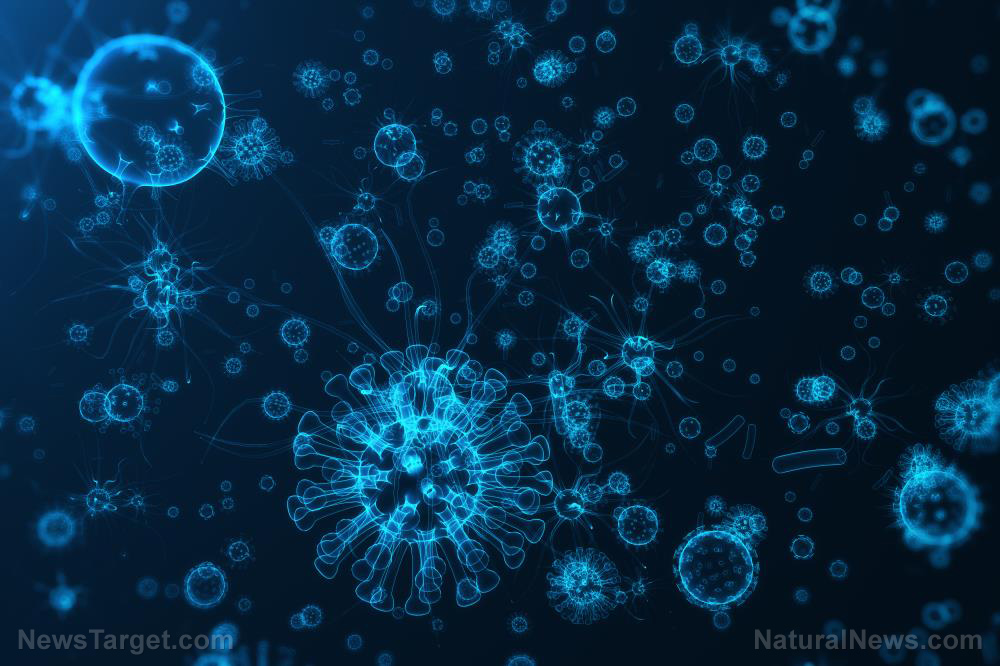
Spanish researchers found that viruses can slip through the natural defenses of the body with the help of other pathogens. The altruistic behavior of these disease-bearing microorganisms ensures that some of them will survive and gain resistance to immune responses.
Institute of Integrated Systems Biology (I²SysBio) researcher Pilar Domingo-Calap served as the lead author. Ernesto Segredo, Maria Duran, and Rafael Sanjuan assisted him with the experiments. Their study was published in the journal Nature Microbiology.
Numerous studies have covered the issue of antiviral immunity for many decades. These efforts focused on the interactions between the disease-causing virus and infected cells.
In contrast, studies that focus on the interactions between viruses are scarce. Very few papers have discussed the relationship between different viruses or variants of the same virus. (Related: Top 10 Contenders for the Title of Best Antiviral Herbs.)
Studying the means by which a zoonotic virus evades antiviral interferons
Domingo-Calap and his colleagues experimented on the vesicular stomatitis virus (VSV). The pathogen usually targets cattle and horses. On rare occasions, it makes the jump from animals to humans, infecting those who take care of its host.
The I²SysBio researchers evaluated the methods used by VSV to avoid the immune system. They wanted to know how it can survive the effects of interferon.
A healthy immune system responds to viral infection in many ways. These include increasing the temperature of the body and releasing pro-inflammatory agents.

|
Discover how to prevent and reverse heart disease (and other cardio related events) with this free ebook: Written by popular Natural News writer Vicki Batt, this book includes everything you need to know about preventing heart disease, reversing hypertension, and nurturing your cardiac health without medication. Learn More. |
The first agents released by the body to deal with viruses are called interferons. These signaling proteins interfere with the ability of the virus to infect healthy cells.
Based on the results of their experiment, the I²SysBio researchers came up with a theory of social evolution. They said that natural selection leads to the appearance of viral variants that can block interferons.
According to previous studies, viruses have evolved over the years and developed several methods by which to avoid interferon activity. While employing these methods, viruses also change the adaptation of other members of given viral population.
In their study, Domingo-Calap and his team showed that the relationship between viruses play a considerable role in the adaptation of interferon-resistant variants. Furthermore, the evolution of these pathogens involves a social process.
The vesicular stomatitis virus evades the immune system with the help of other viruses
The I²SysBio researchers evaluated the internal interactions of the vesicular stomatitis virus using mice, cultured cells, and computer simulations. They found evidence of social interaction between different viruses.
Interferon-stimulating viruses check the fitness of other pathogens within the vicinity. If they find viruses that are able to block interferons, the interferon-stimulating viruses mingle with their resistant counterparts and evolve the ability to shut down the protective proteins.
However, if a virus shuts down interferon, it also decreases its own ability to produce more of its kind. That sacrifice makes the interferon-blocking ability an altruistic trait.
The study findings suggest that viral researchers may apply the ecological and social principles of more complex animals to viruses. These will make it easier to predict the behavior of viruses and come up with methods to disrupt the interaction between viral pathogens.
“In this work we show the altruistic capacity of the viruses, in which certain paths of escape from the immune system can be selected, although they may have a cost for viruses that encode this character,” said Domingo-Calap.
Sources include:
Tagged Under: antiviral immunity, breakthrough, discovery, immune response, immune system, immunity, infections, infectious diseases, interferon resistance, interferons, pro-inflammatory, research, superbugs, vesicular stomatitis virus, viral behavior, viral diseases, viral infection, virus, Viruses, zoonotic diseases

